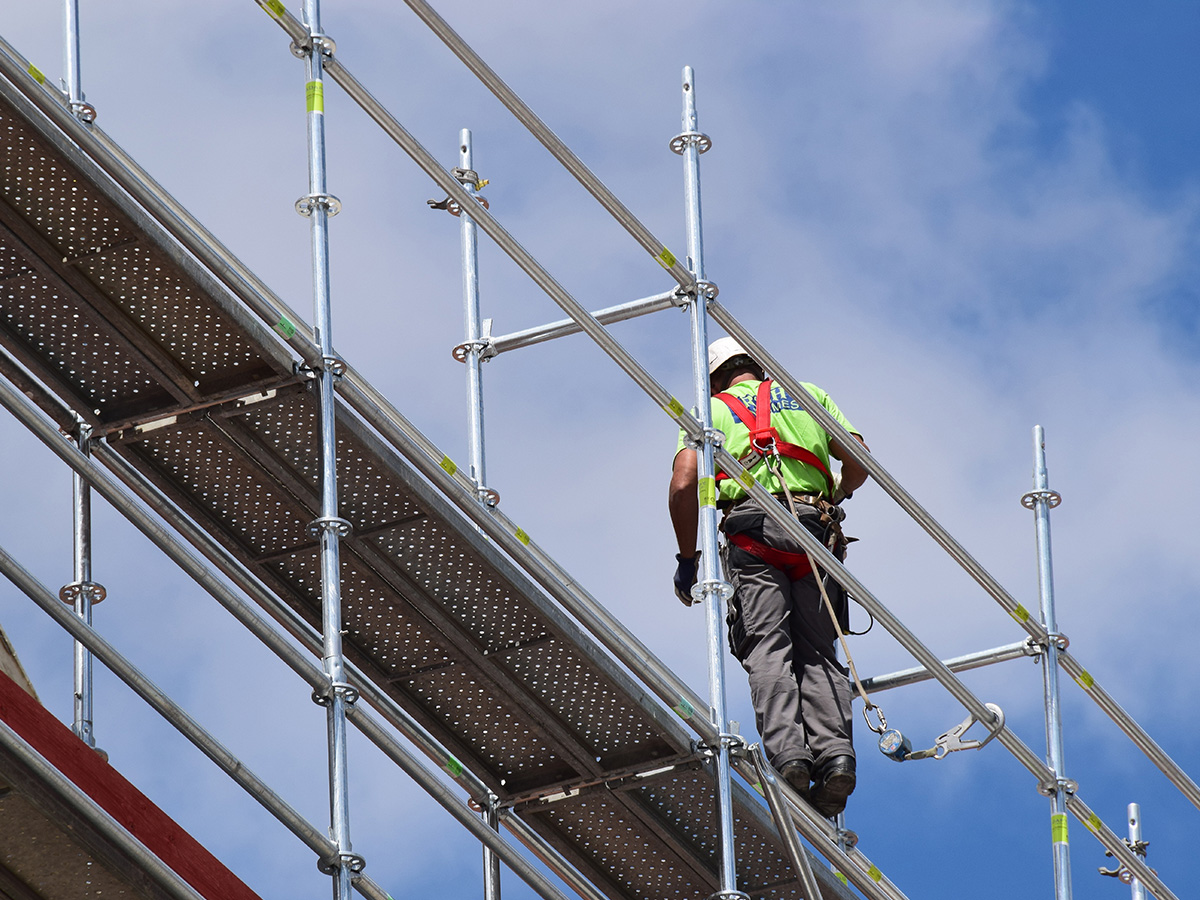
Factors to Consider When Choosing Scaffolding: A Complete Guide
Scaffolding is a must in the construction industry, providing a safe and efficient way for workers to access heights and complete tasks. However, not all scaffolding is created equal, and choosing the right type for your project can be challenging.
To make the decision easier, here are several factors to think about when choosing the right scaffolding for your needs.
1. Safety
Safety should always be your top priority. Look for scaffolding that meets industry standards and regulations. Additionally, consider the environment in which the scaffolding will be used, such as high winds or uneven terrain, and choose one that works for those conditions.
2. Load Capacity
Scaffolding must be able to support the weight of workers, tools, and materials. Make sure the scaffolding has a load capacity that exceeds the maximum weight it will need to support. This will ensure that the scaffolding remains stable and safe to use throughout the project.
3. Height
Some types of scaffolding are better suited for taller projects, while others are designed for shorter heights. Additionally, know whether the scaffolding can be extended or adjusted to accommodate changes in height throughout the project.
4. Accessibility
For workers to do their job safely and effectively, they must have access to the scaffolding. Examine the access points to the scaffolding and whether they are easy to use and secure. Also, think about the size of the scaffolding platform and whether it is large enough to accommodate the workers and any necessary equipment.
5. Mobility
Sometimes, it might be required to relocate the scaffolding from one place to another. Take into account how mobile the scaffolding is and if it can be moved and adjusted without any hassle. Besides that, consider the weight of the scaffolding and whether it can be moved by hand or if additional equipment is needed.
6. Durability
Scaffolding is a significant investment, and it should be built to last. Be sure to assess its durability and whether it can withstand the wear and tear of the project. Additionally, check the materials used to build the scaffolding and whether they are resistant to rust, corrosion, and other types of damage.
7. Cost
Cost is always a consideration, but it should not be the only factor you should look out for. Cheaper scaffolding may save you money upfront but may not be as safe, durable, or efficient as more expensive options. Determine the long-term value of the scaffolding and whether it will provide a good return on investment over time.
8. Type of Project
Different types of scaffolding are better suited for different types of projects. For example, if you are working on a project that requires frequent changes in height, adjustable scaffolding may be the best option. Mobile scaffolding may be a better option if you are dealing with a project that requires scaffolding to be moved frequently.
The Bottomline
By considering safety, load capacity, height, accessibility, mobility, durability, cost, and the type of project, you can choose scaffolding that will provide a safe, efficient, and cost-effective solution for your construction needs.
Access Engineering Group provides a wide range of scaffolding services that cater to various project requirements. We can help you choose the most suitable type of scaffolding based on your project’s specifications and budget. Call 9358 5811 to receive a quote!




Leave a Comment